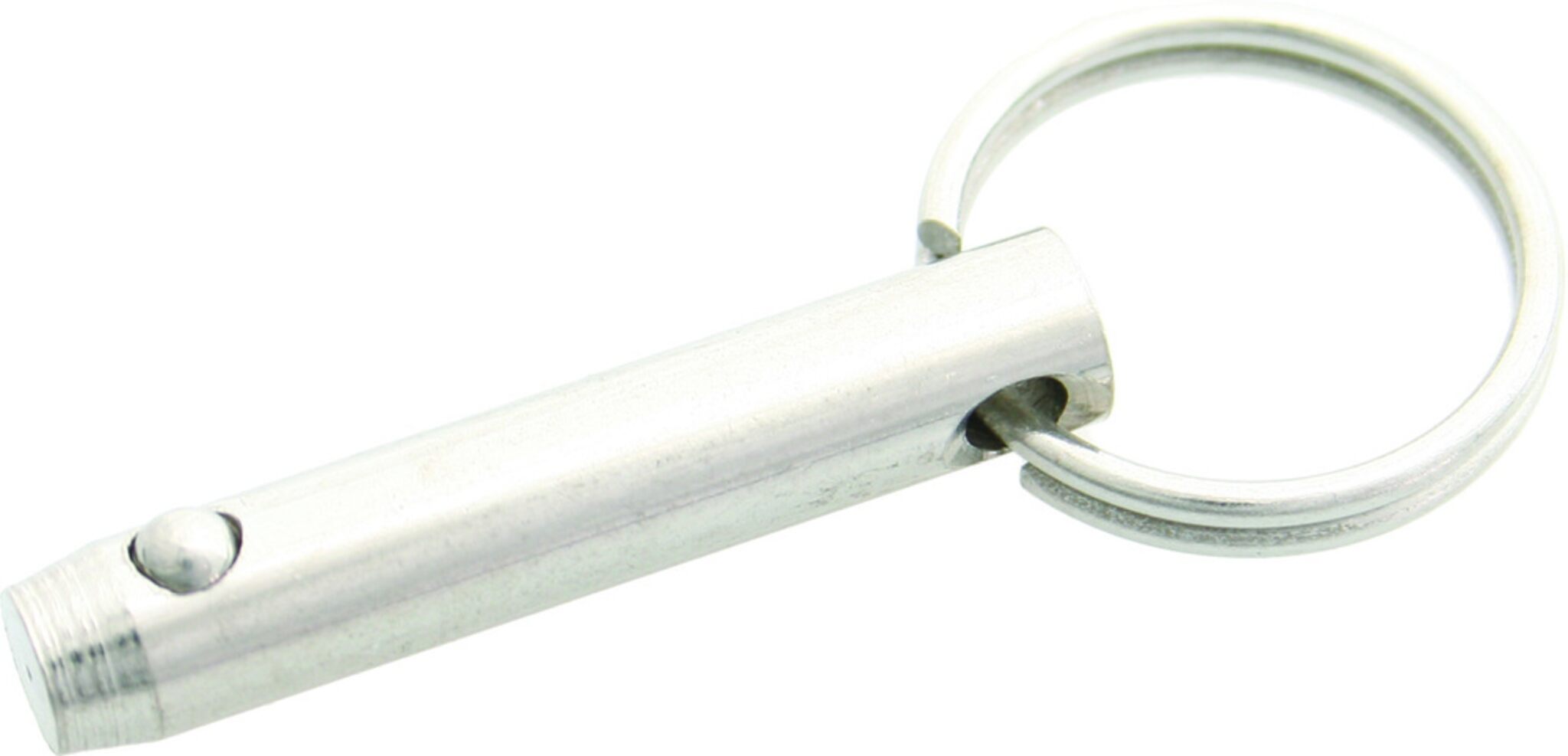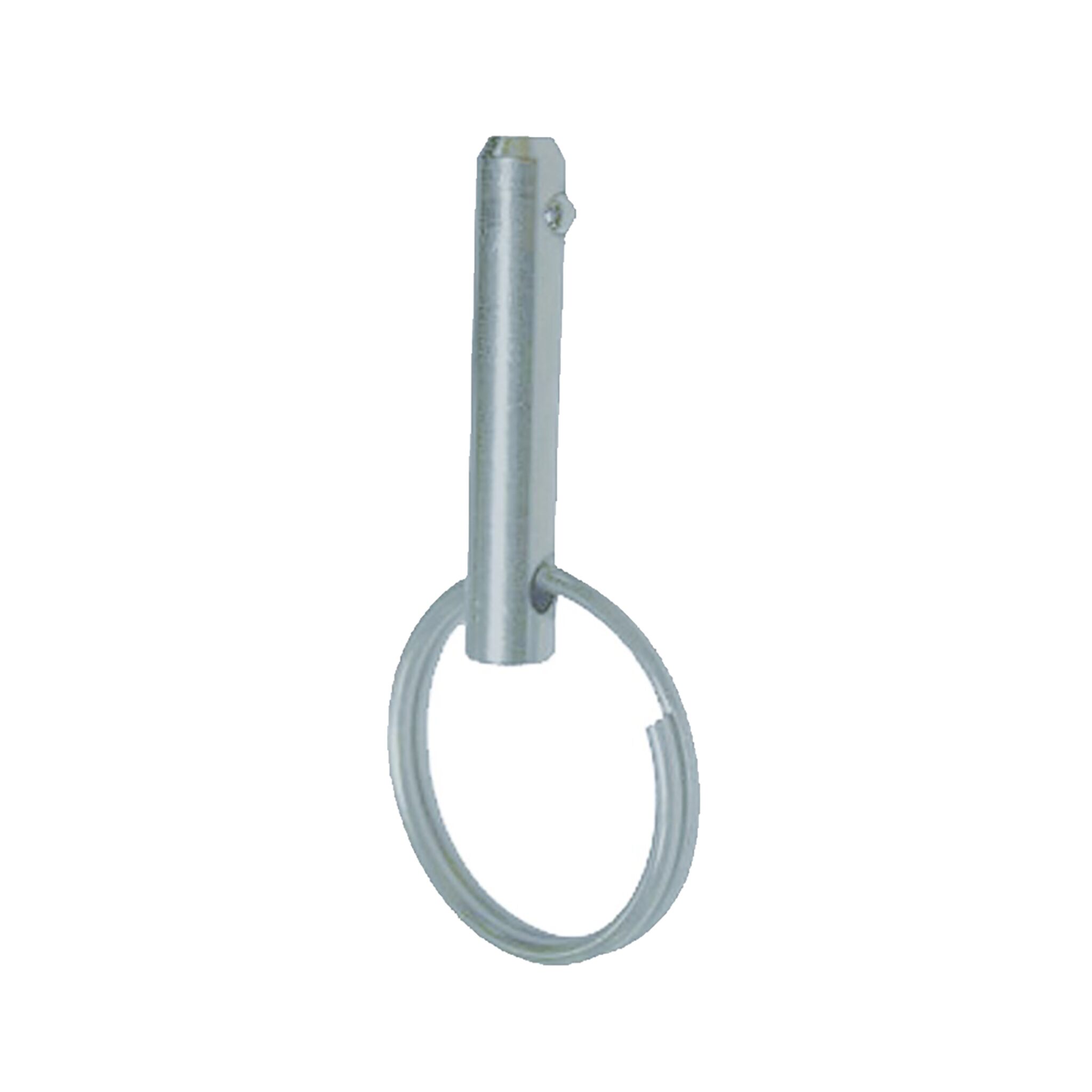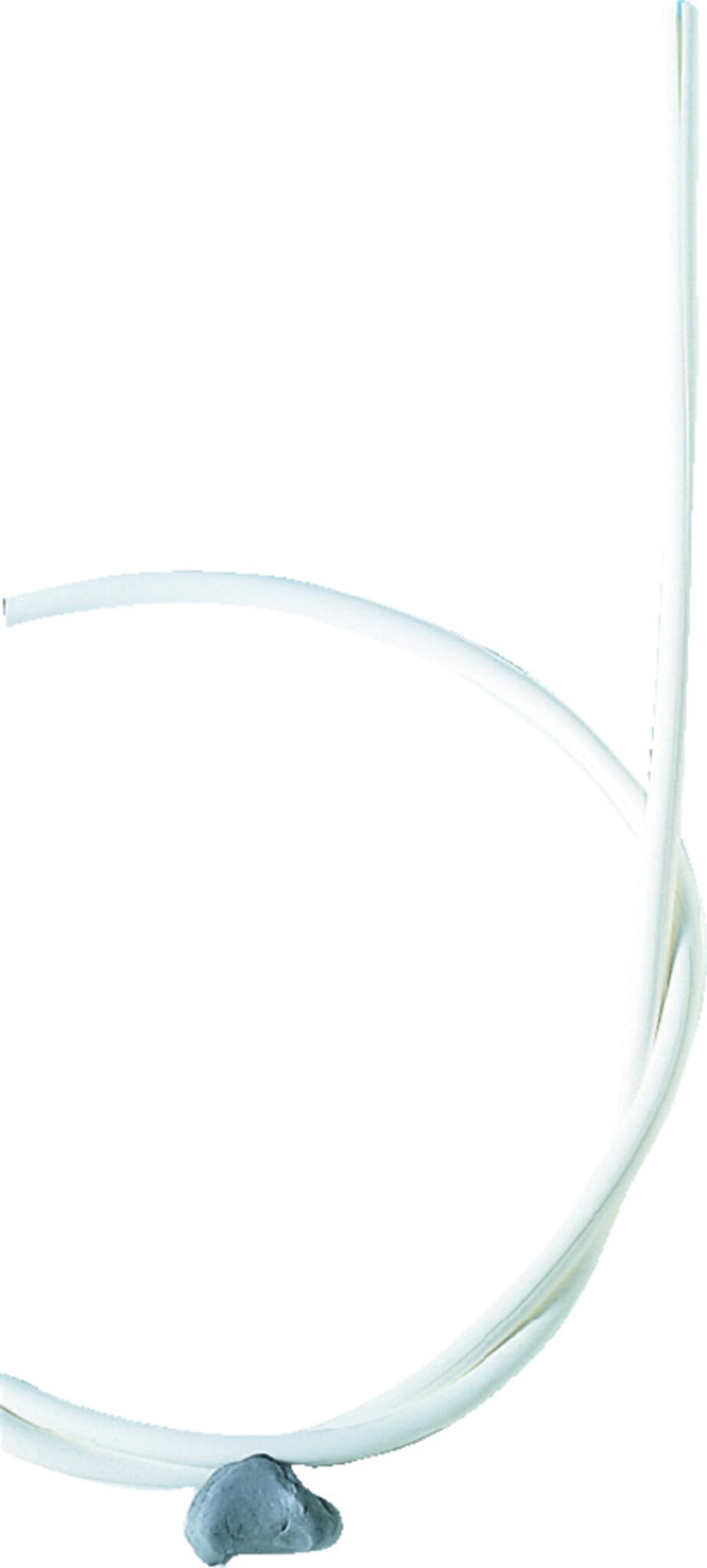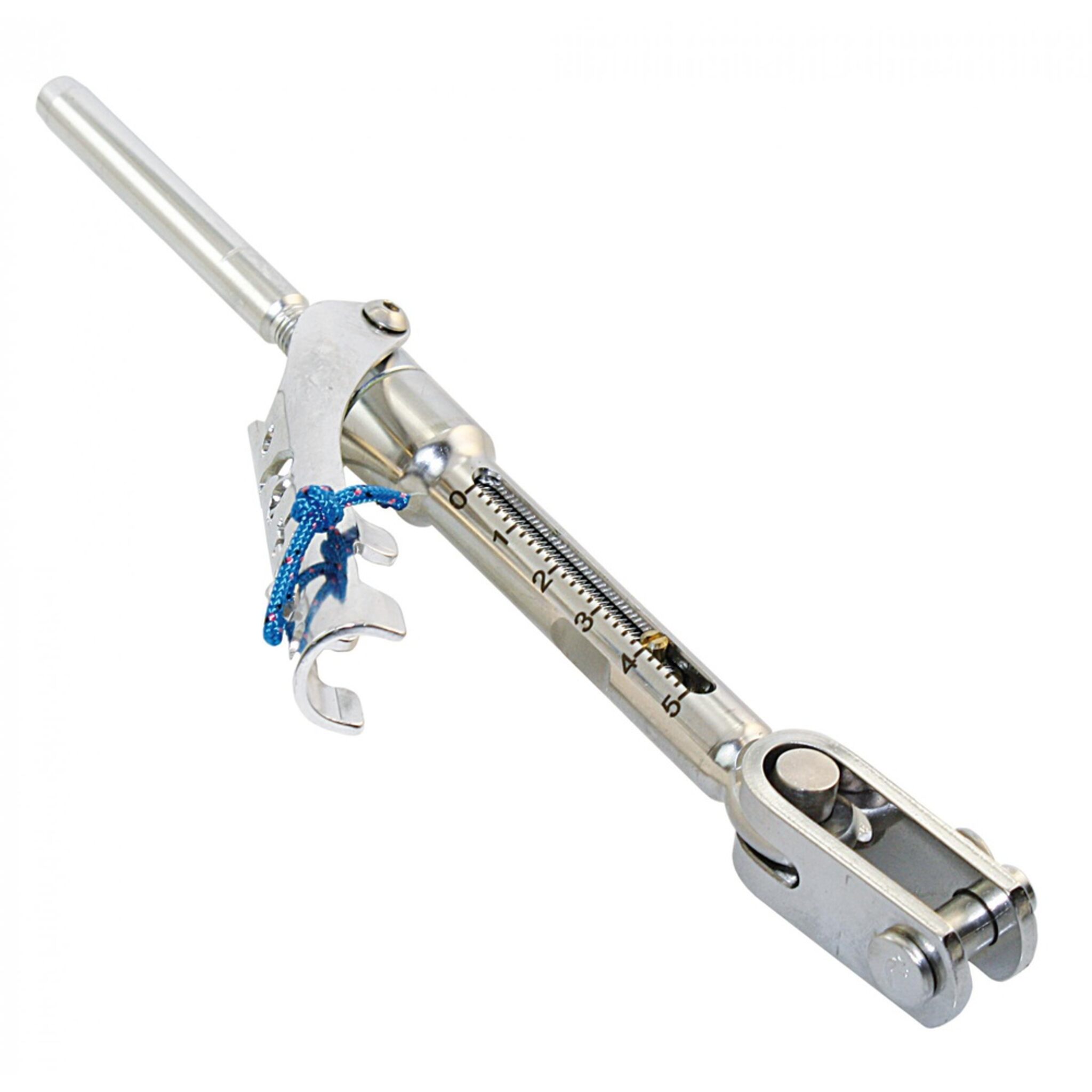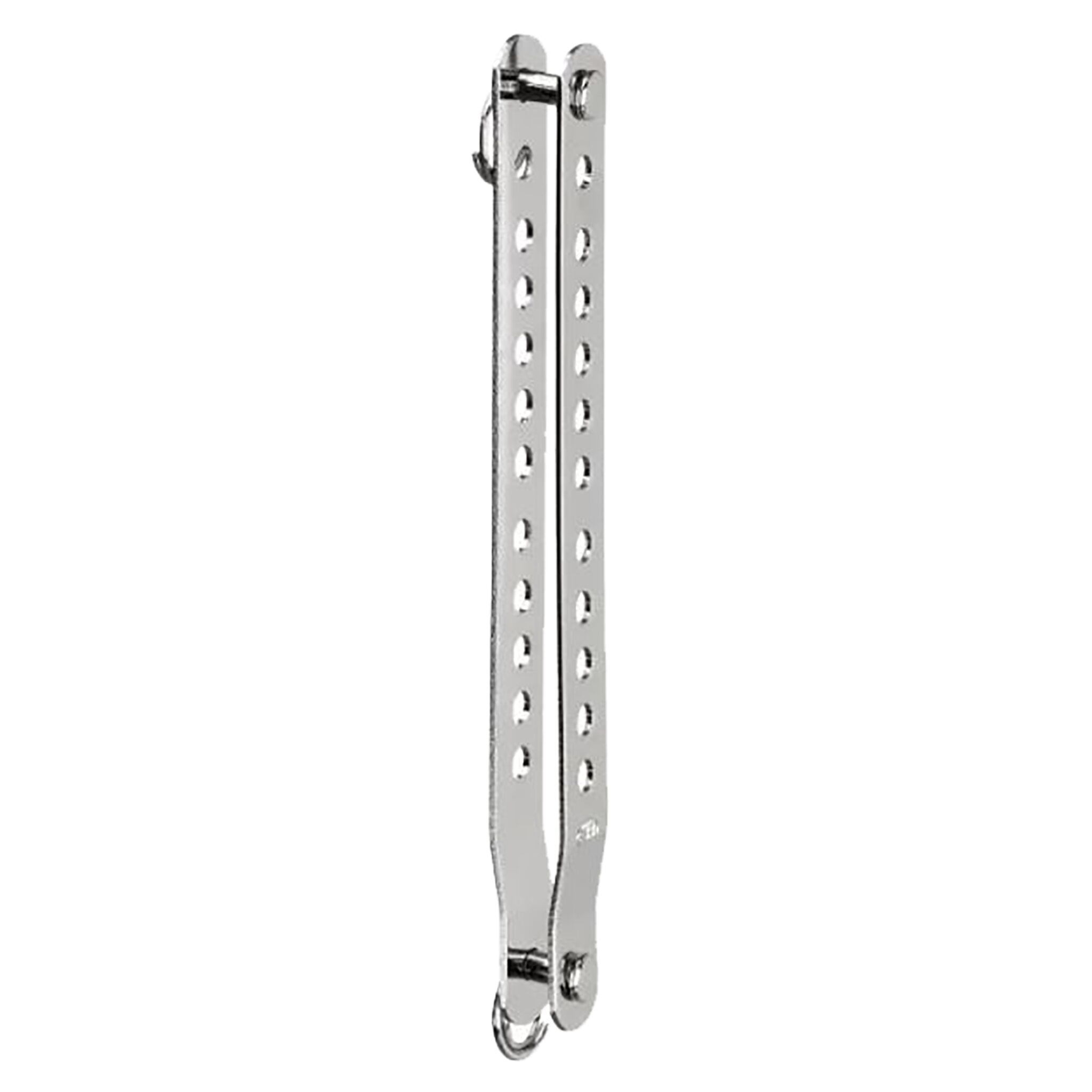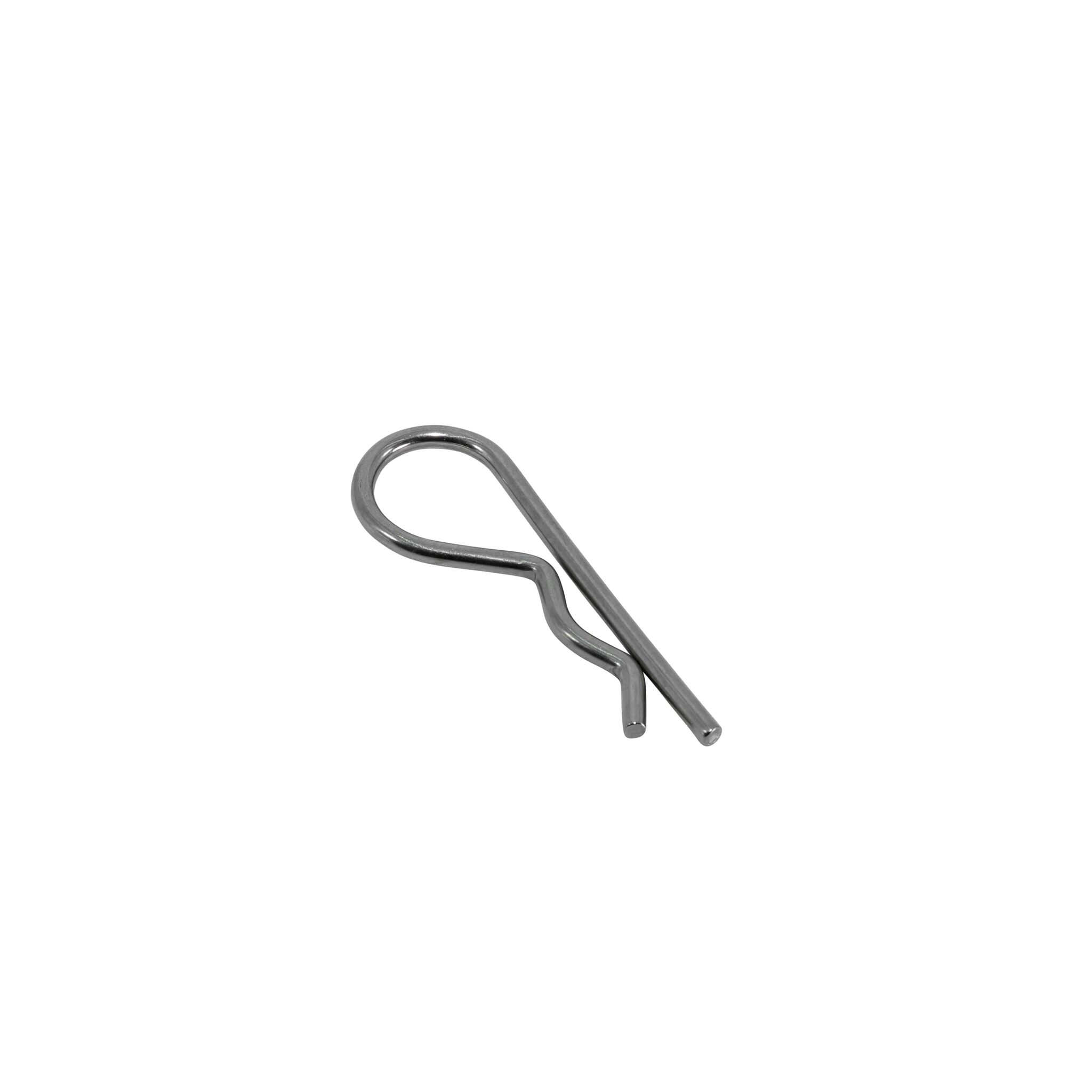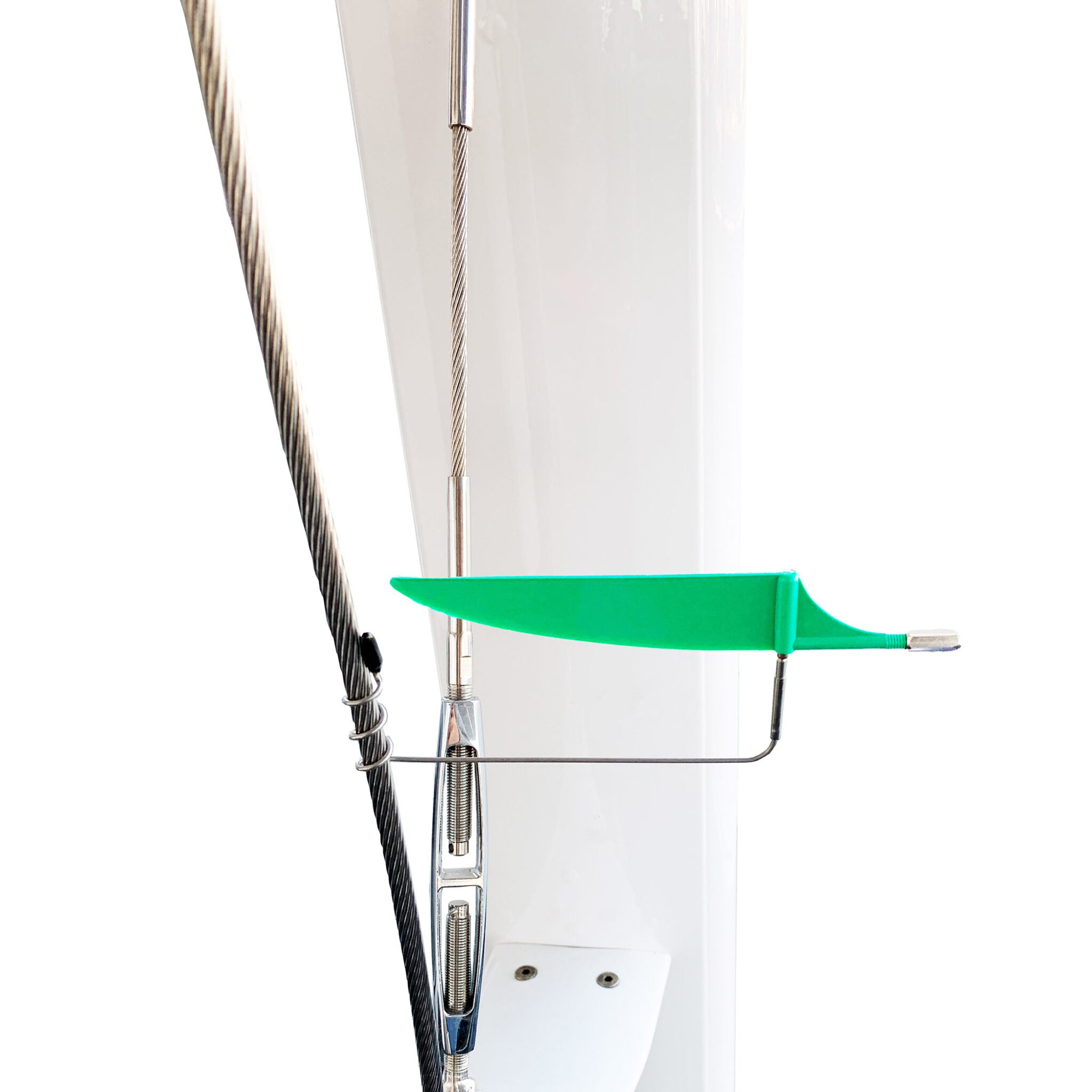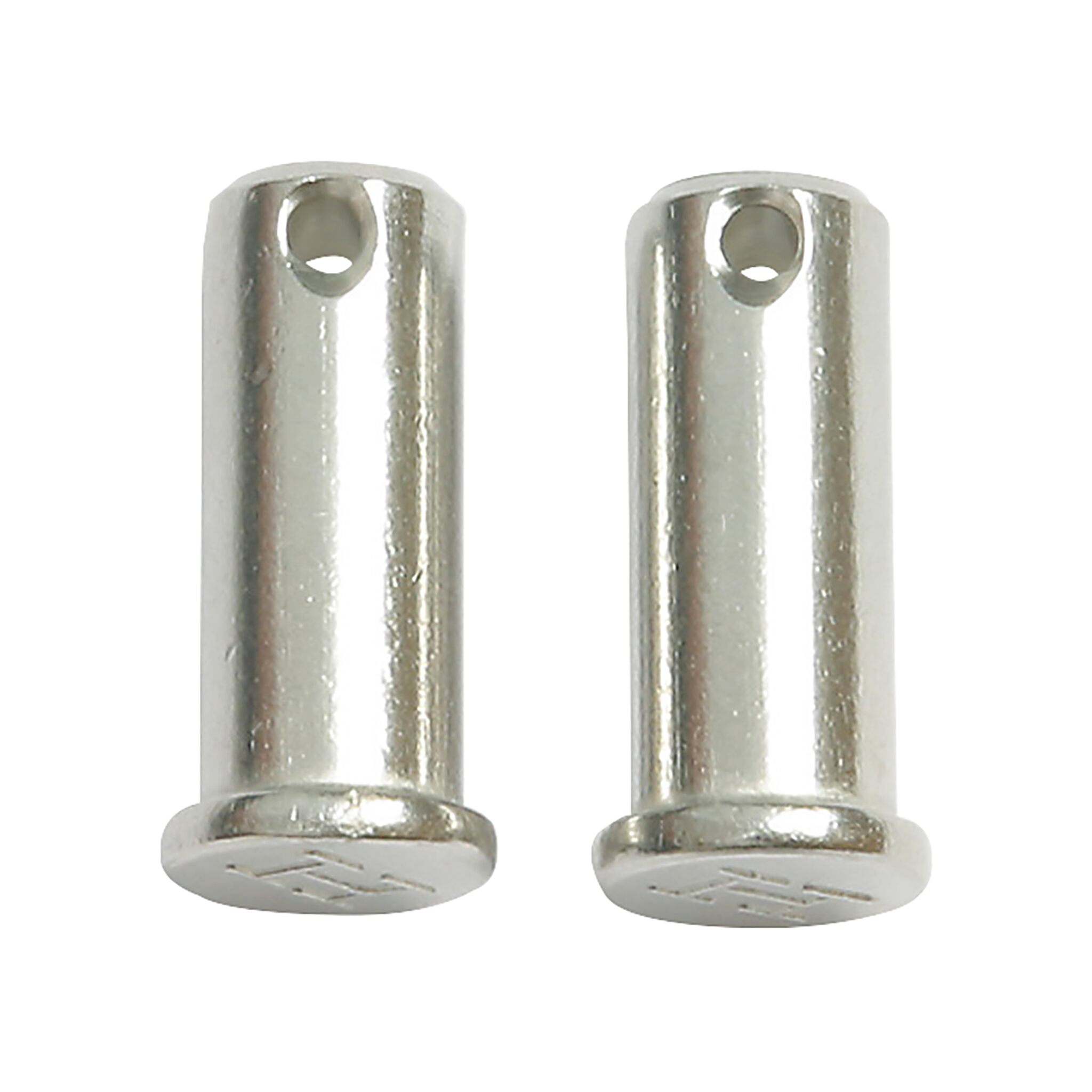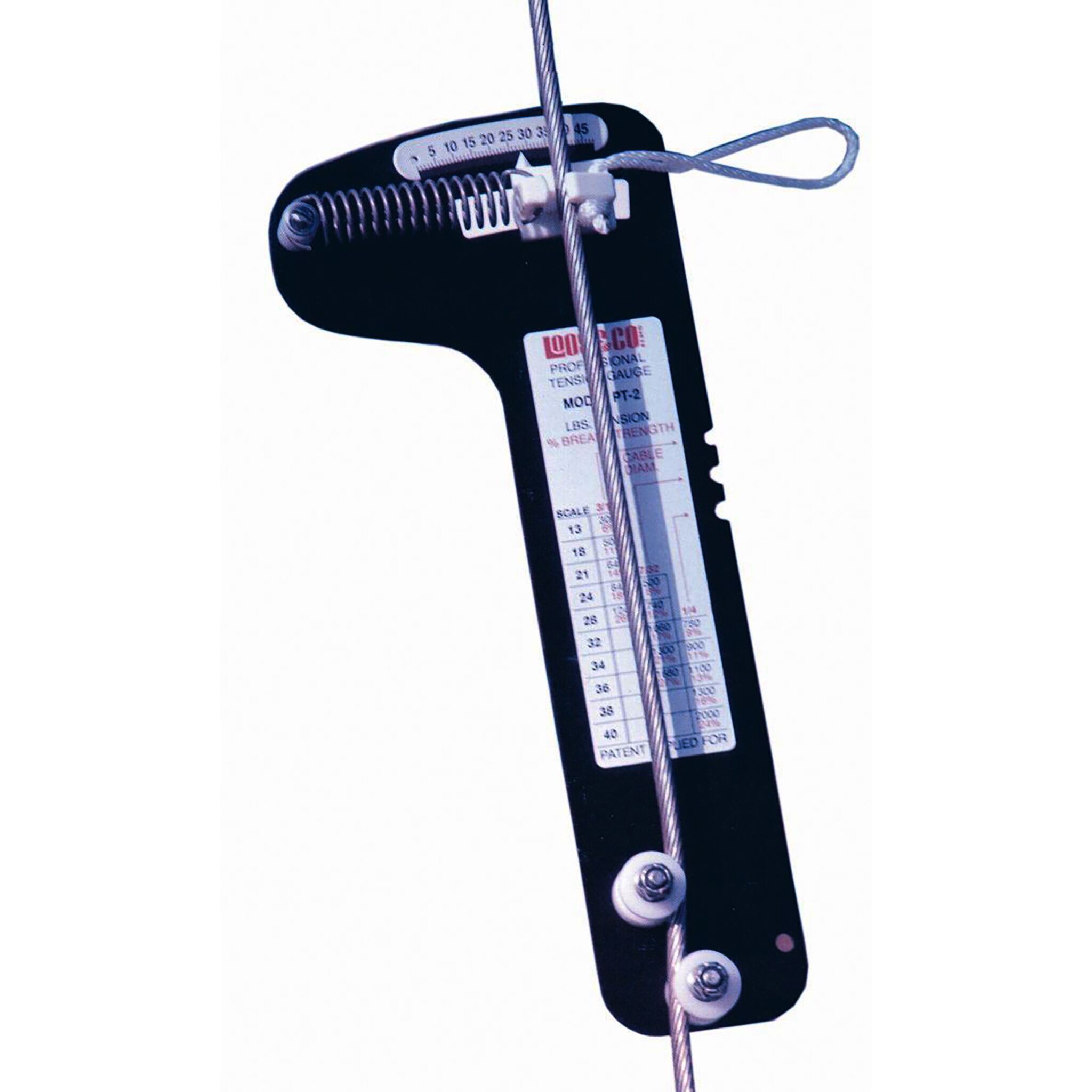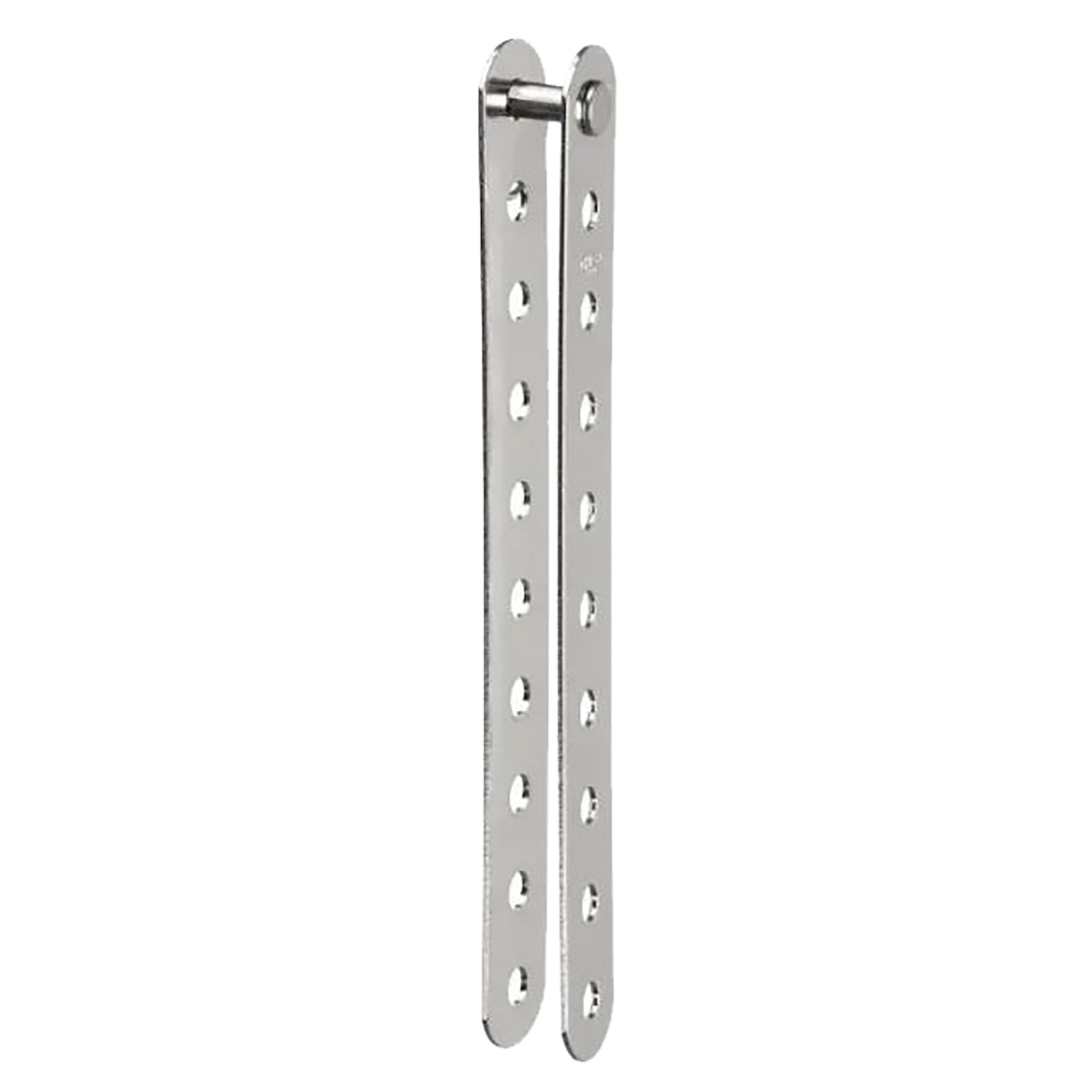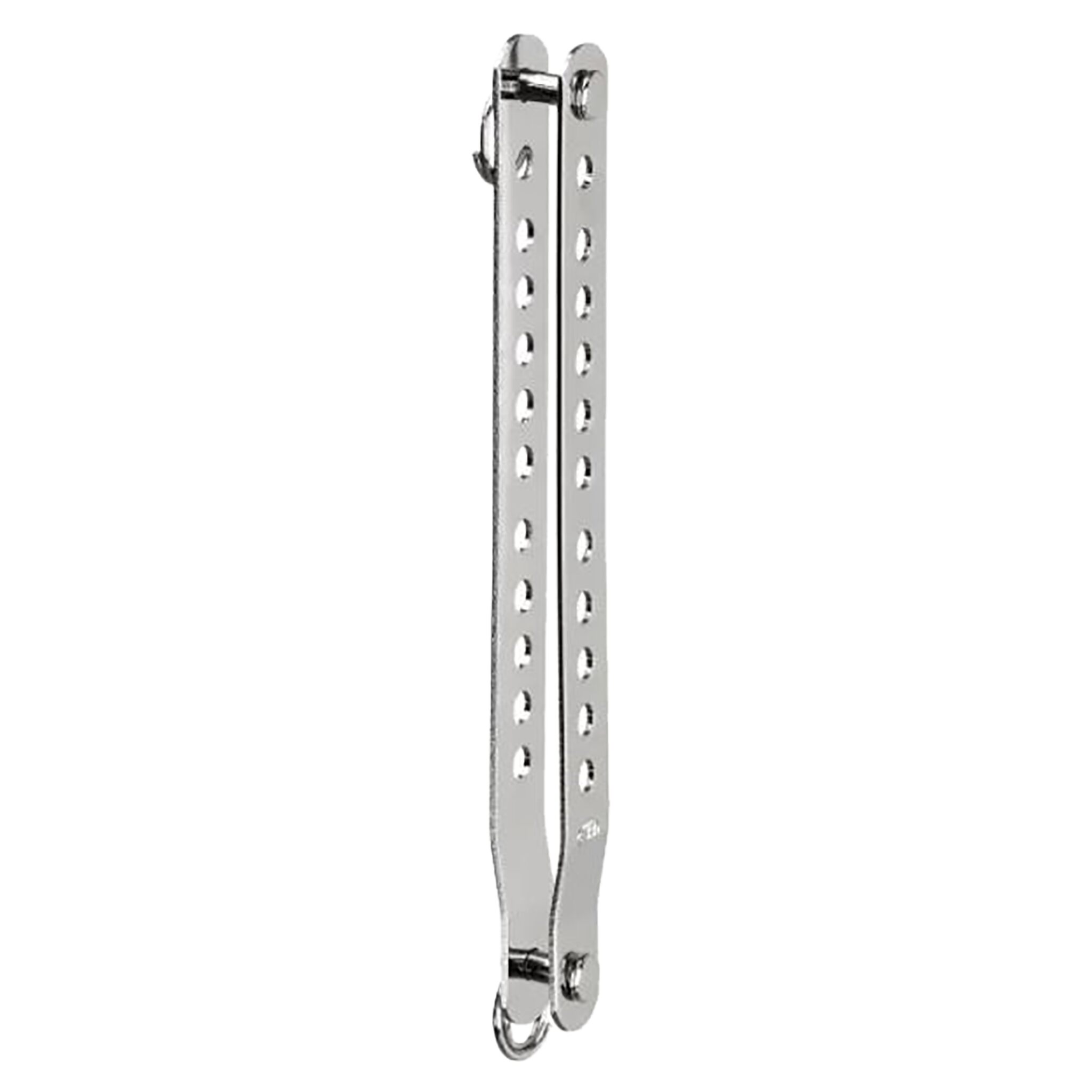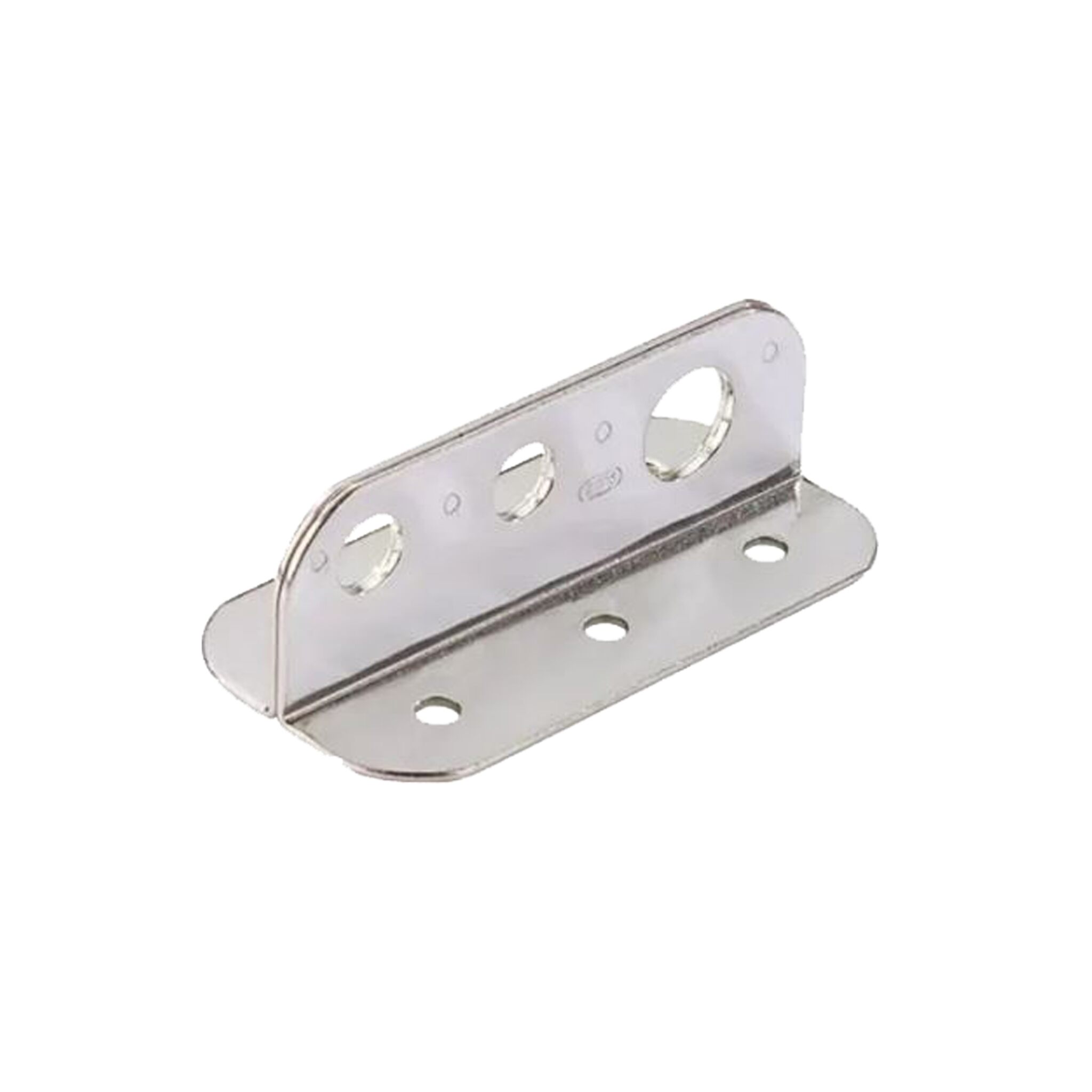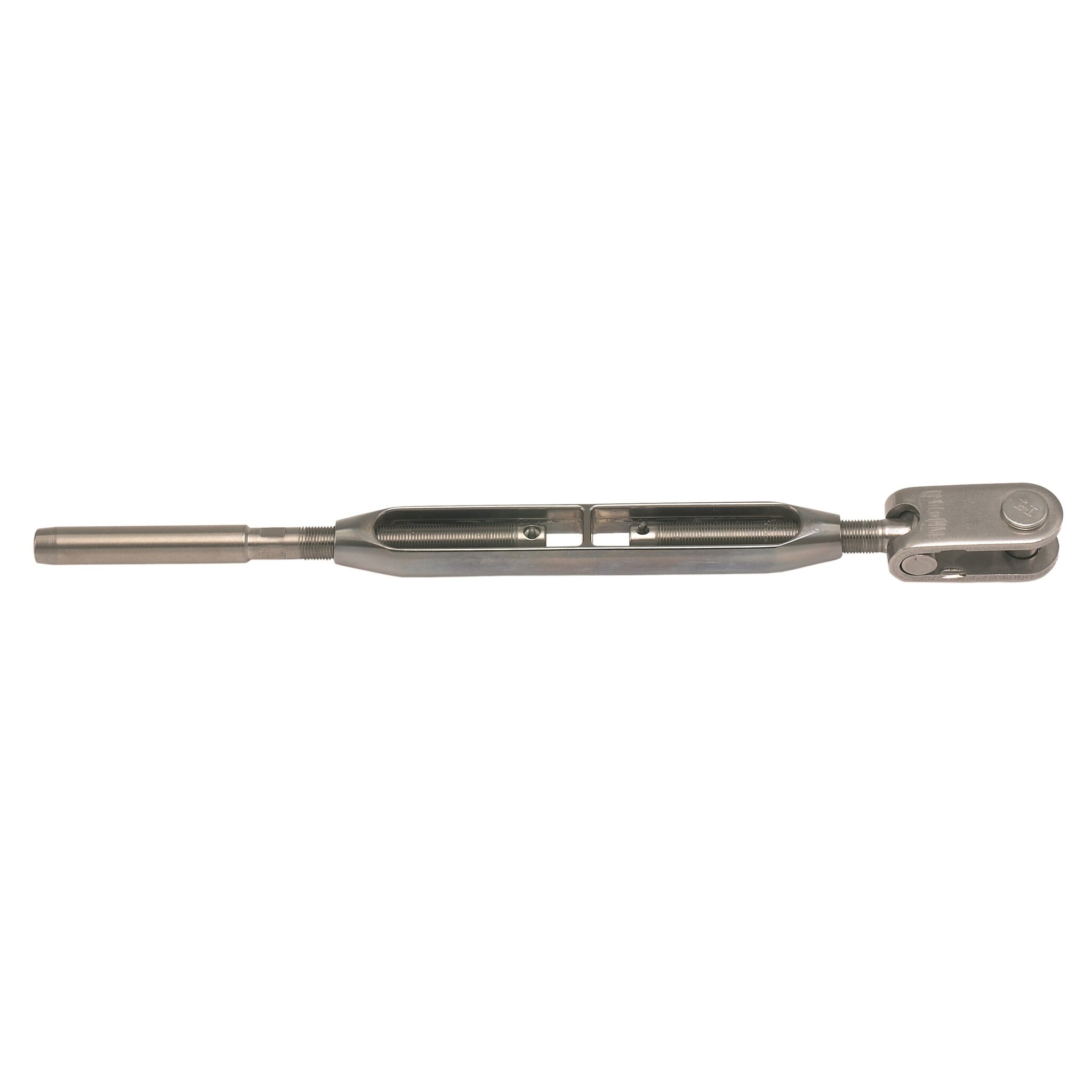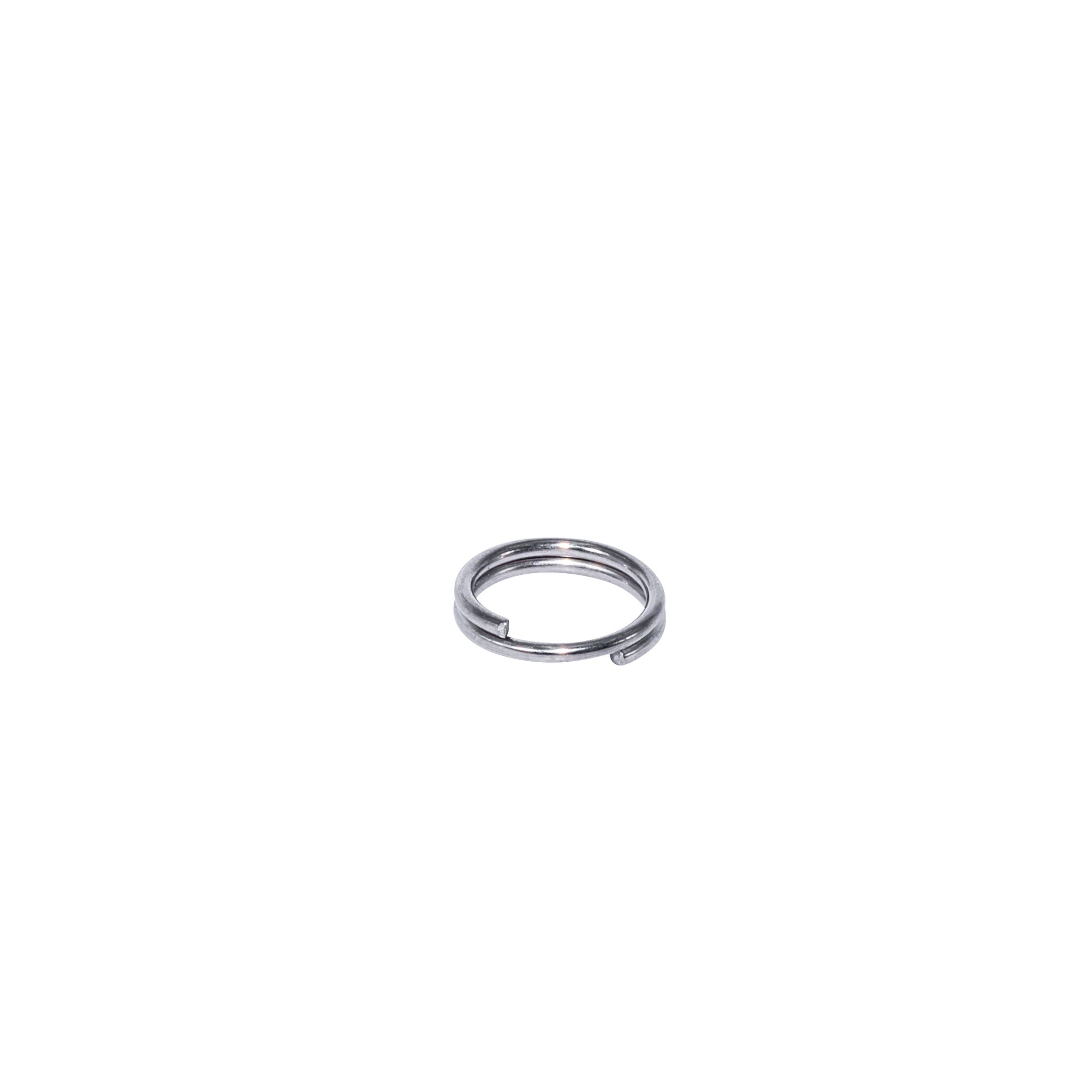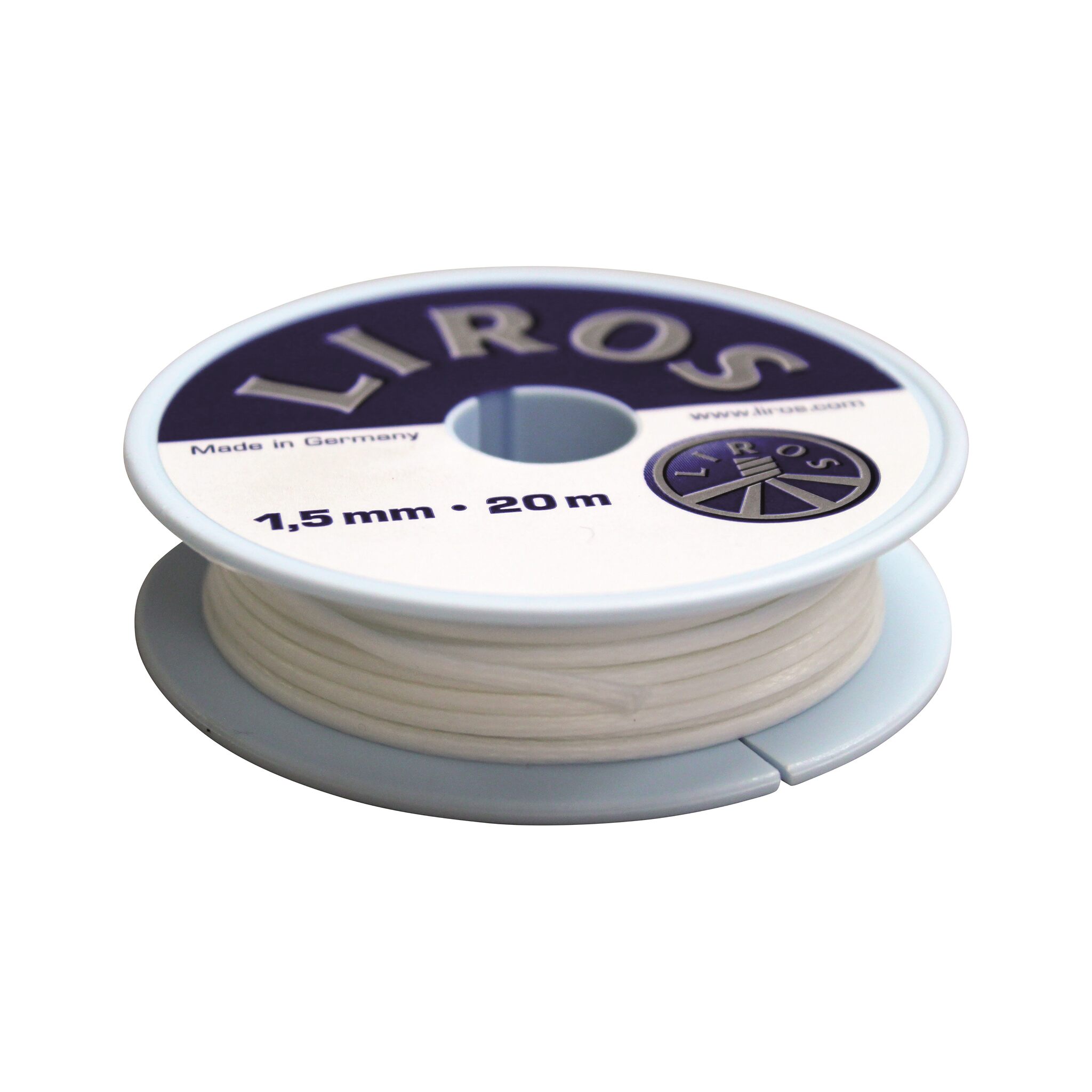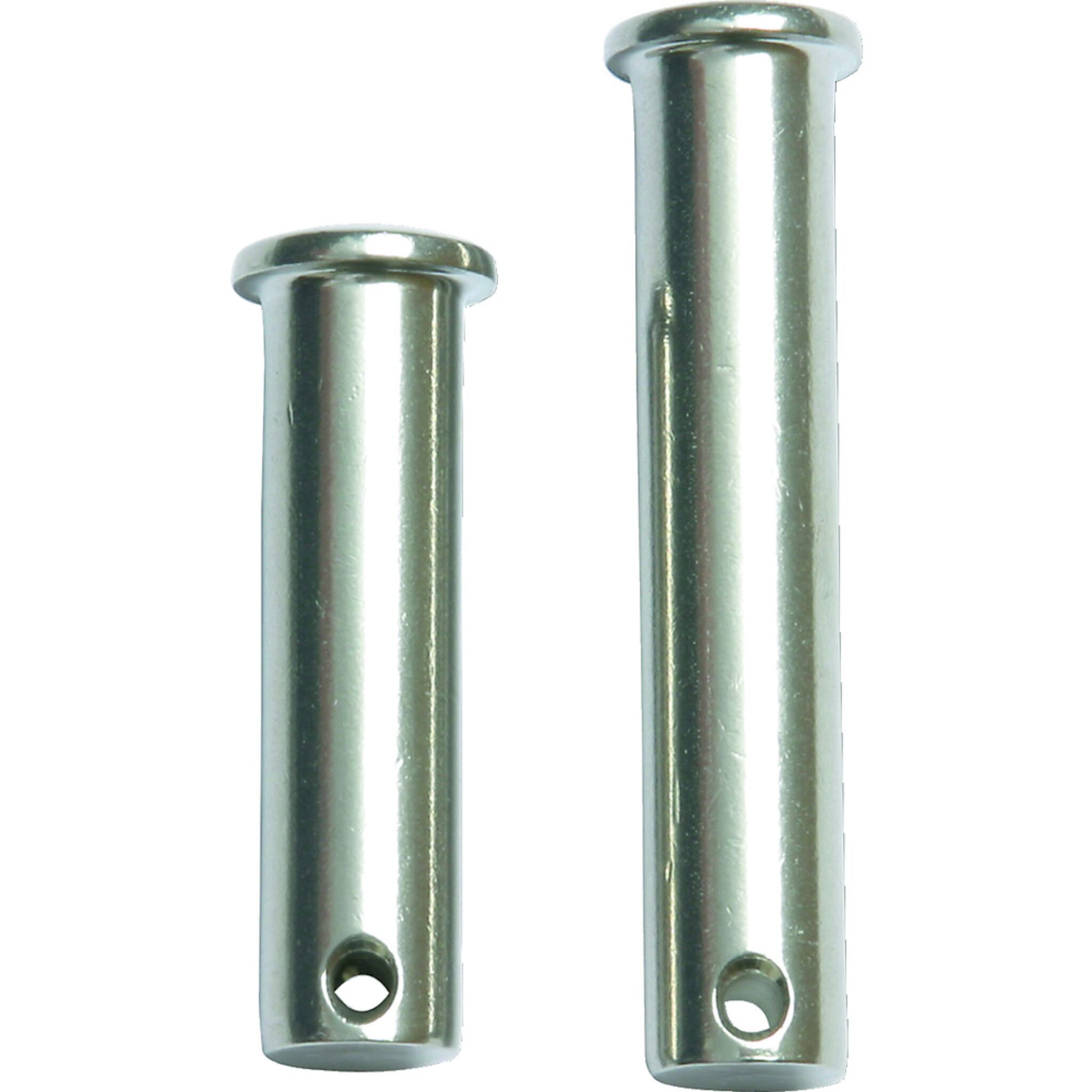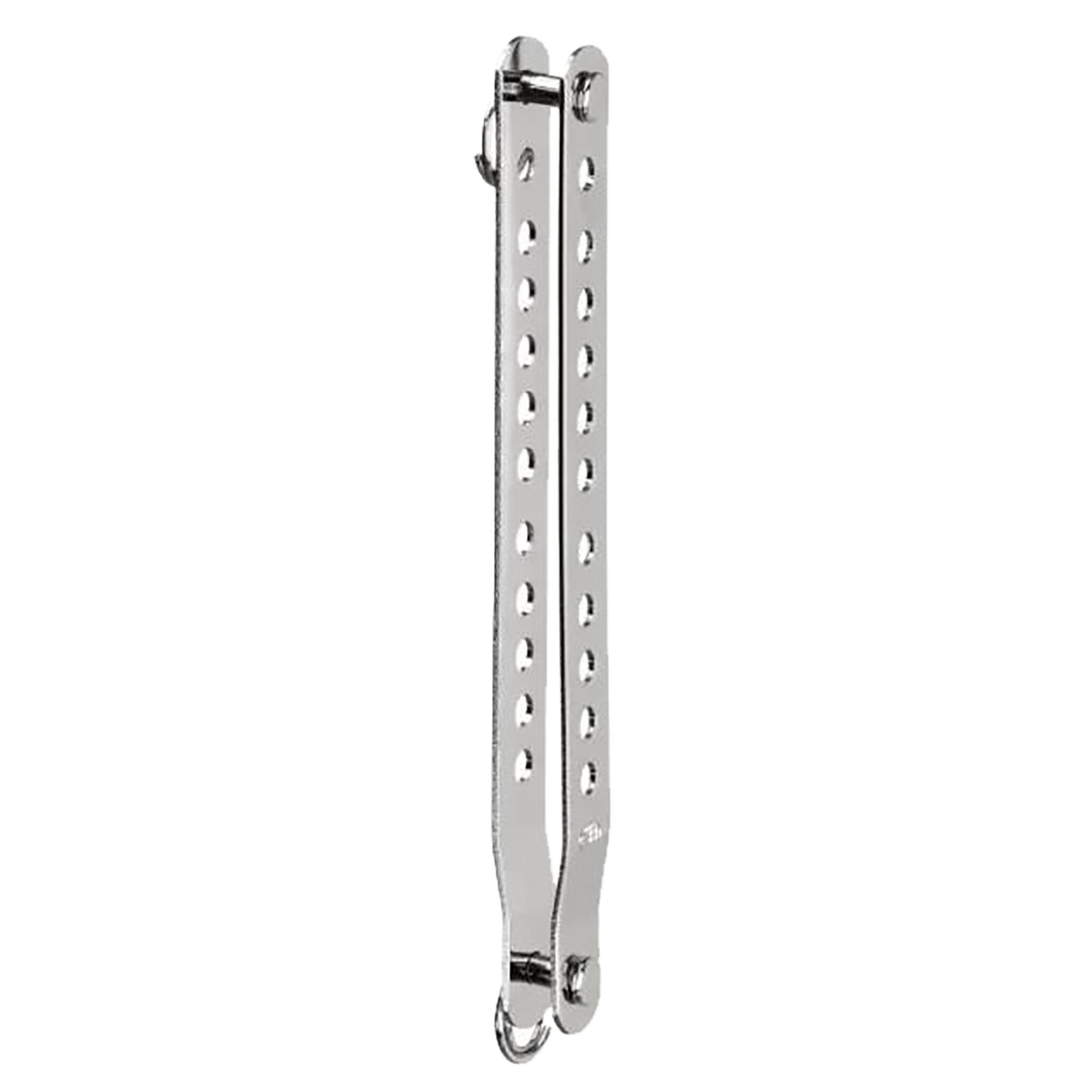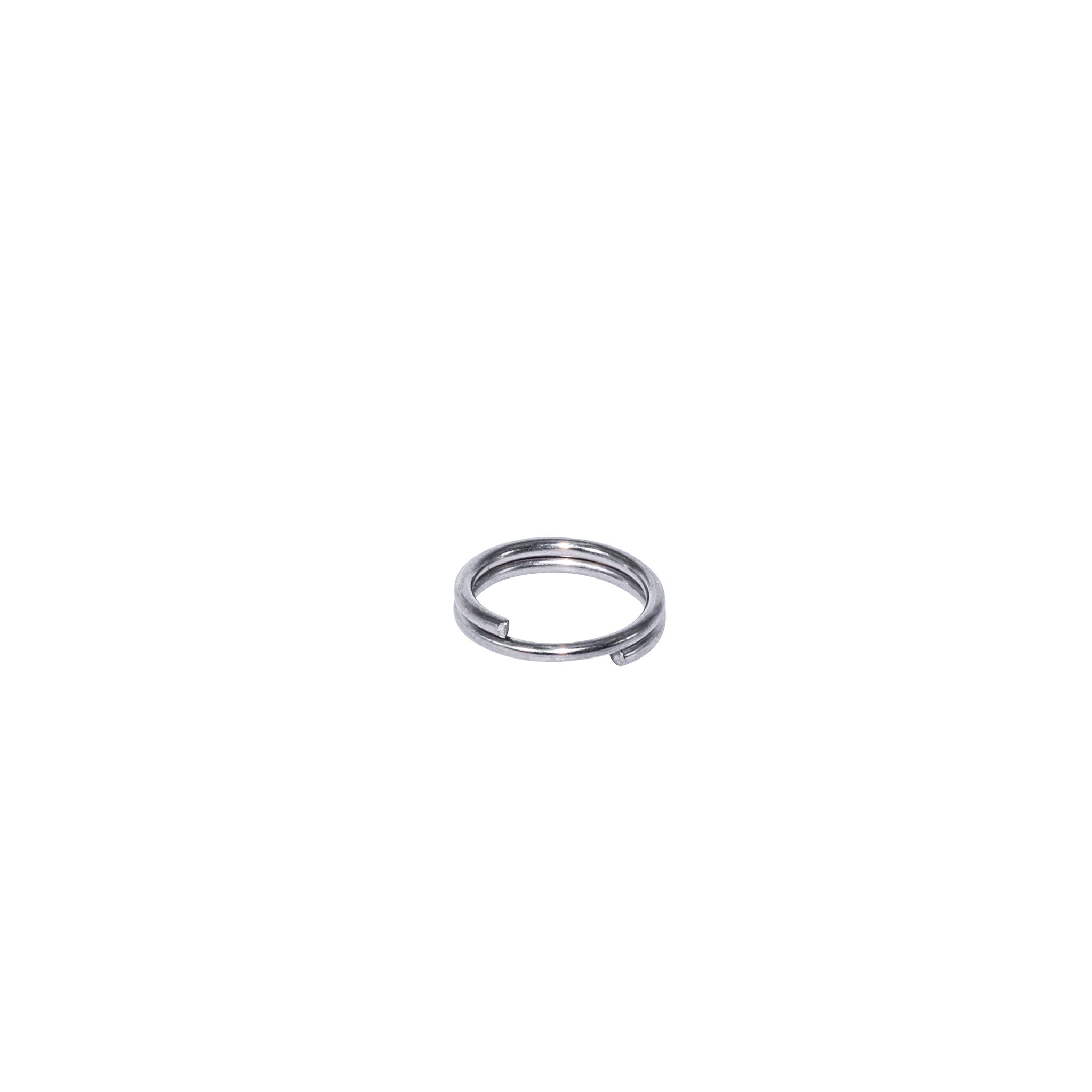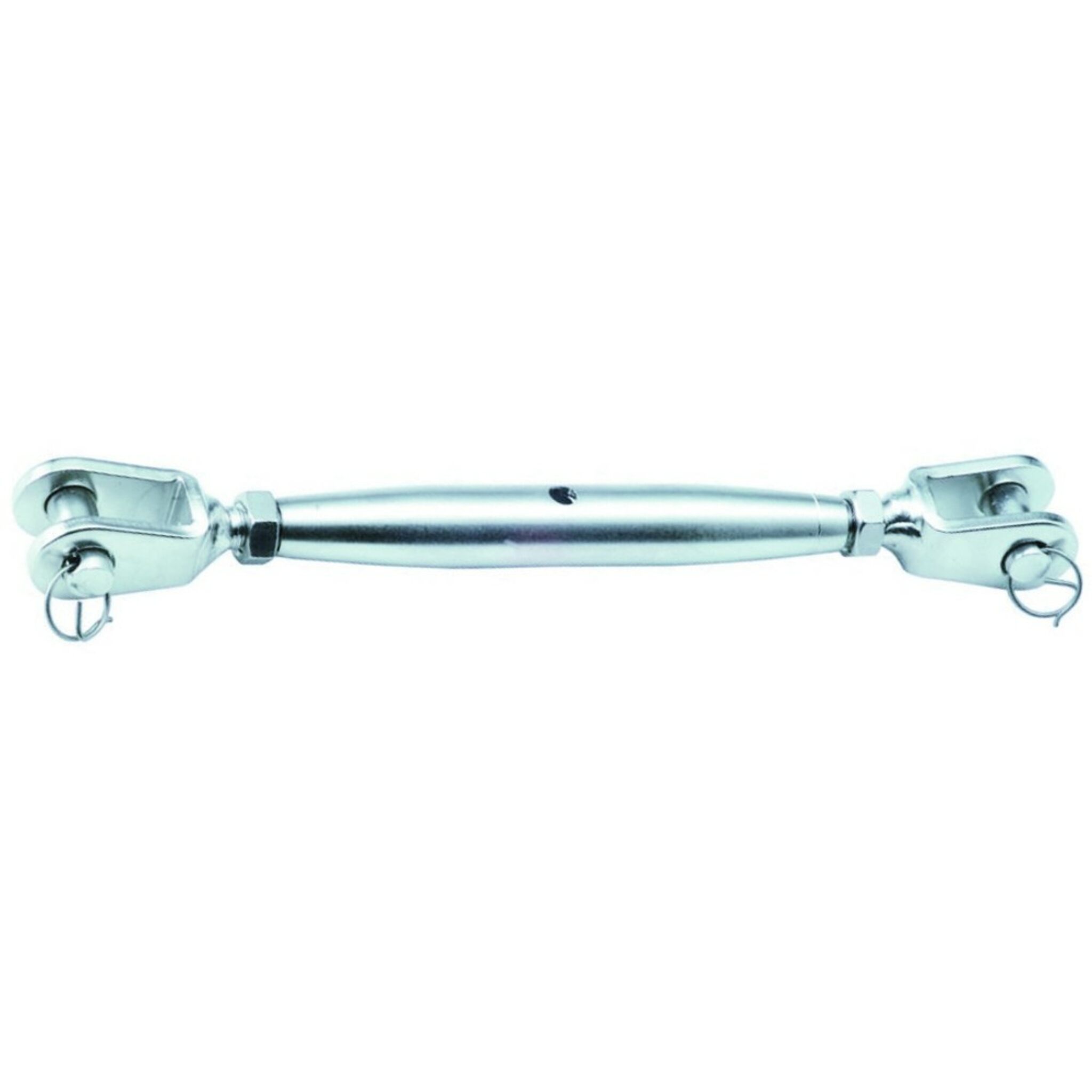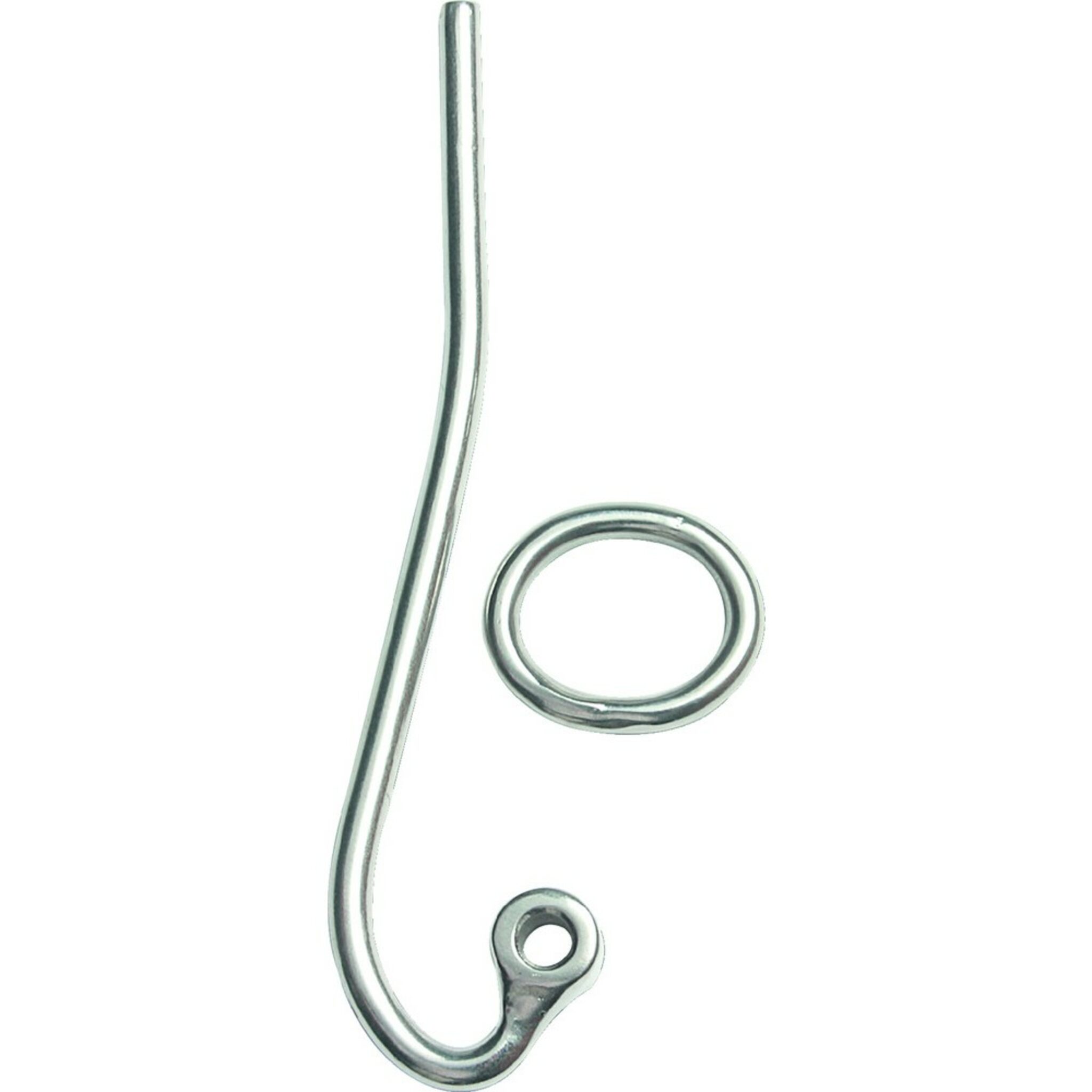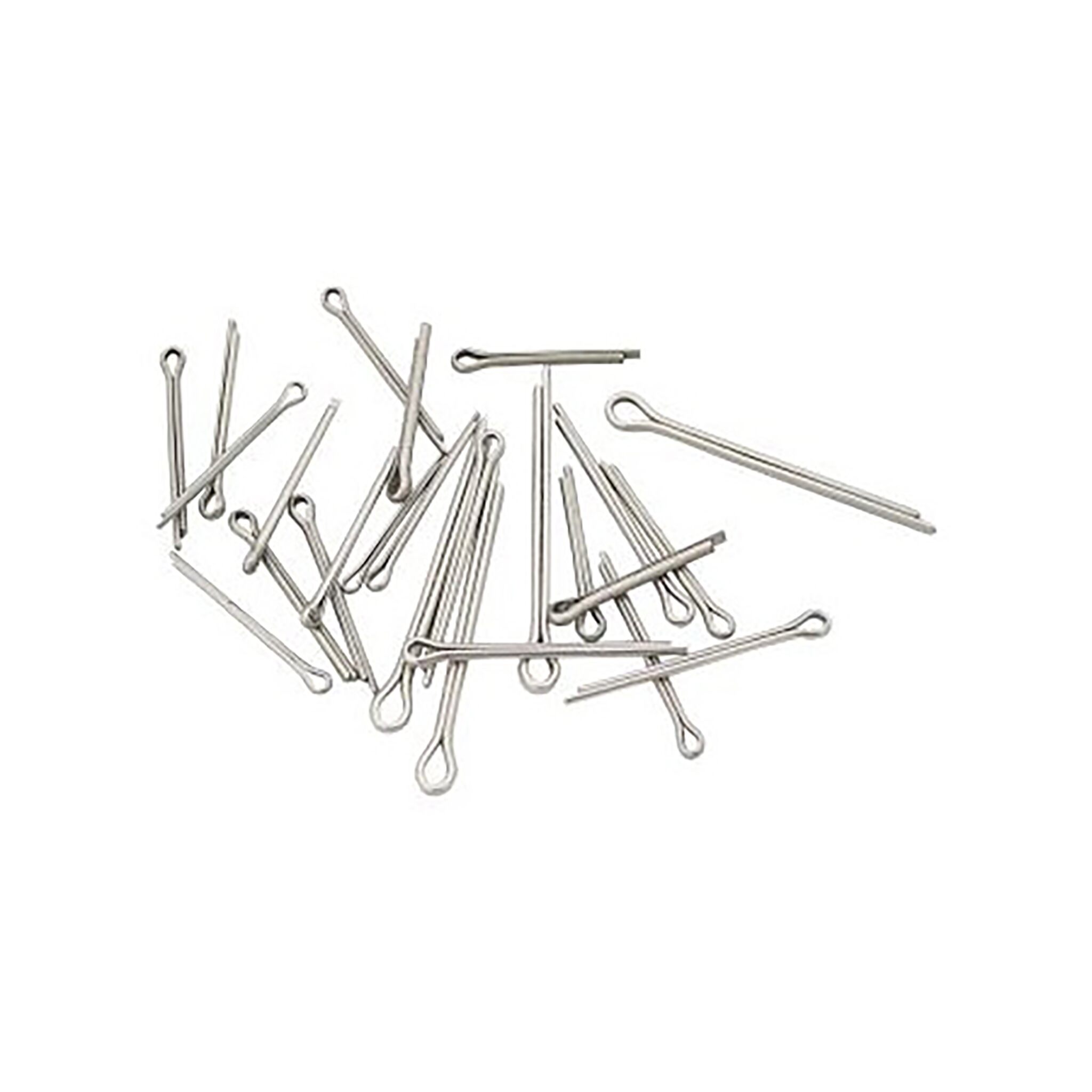Standing rigging consists of shrouds and stays. Shrouds brace the mast athwartships, normally still supported by the salings (cross bracing between the mast and shroudsSmaller boats often have only one pair of shrouds and one pair of stays. Larger boats often also have lower shrouds and upper shrouds, etc.
On deck, the shrouds are attached to the chocks by means of the shroud turnbuckles. Stage braces the mast in the longitudinal direction. The forestay prevents the mast from tipping over aft (backWhen the forestay is attached in the top (masthead), it is called top-rigged. Most modern boats are 7/8 rigged. The attachment point of the forestay is at 7/8 height of the mast length, which makes the rig more trimmable. The backstay prevents the mast from tipping forward. It is also placed at the top of the mast or at 7/8 height. At 7/8 height, the trimmability of the mainsail is also better there. So you can better influence the bending of the mast and thus the belly (camber) of the mainsail.
The shroud tensioner creates the pre-tension on the rig. It consists of a left-hand thread and a right-hand thread, which is connected to a tensioning sleeve and thus the length can be adjusted.
Shroud tensioners are available with metric but also with inch thread. Manufactured these are either bronze or stainless steel. The shrouds and stage are very sensitive to kinks and should be regularly checked and replaced!

